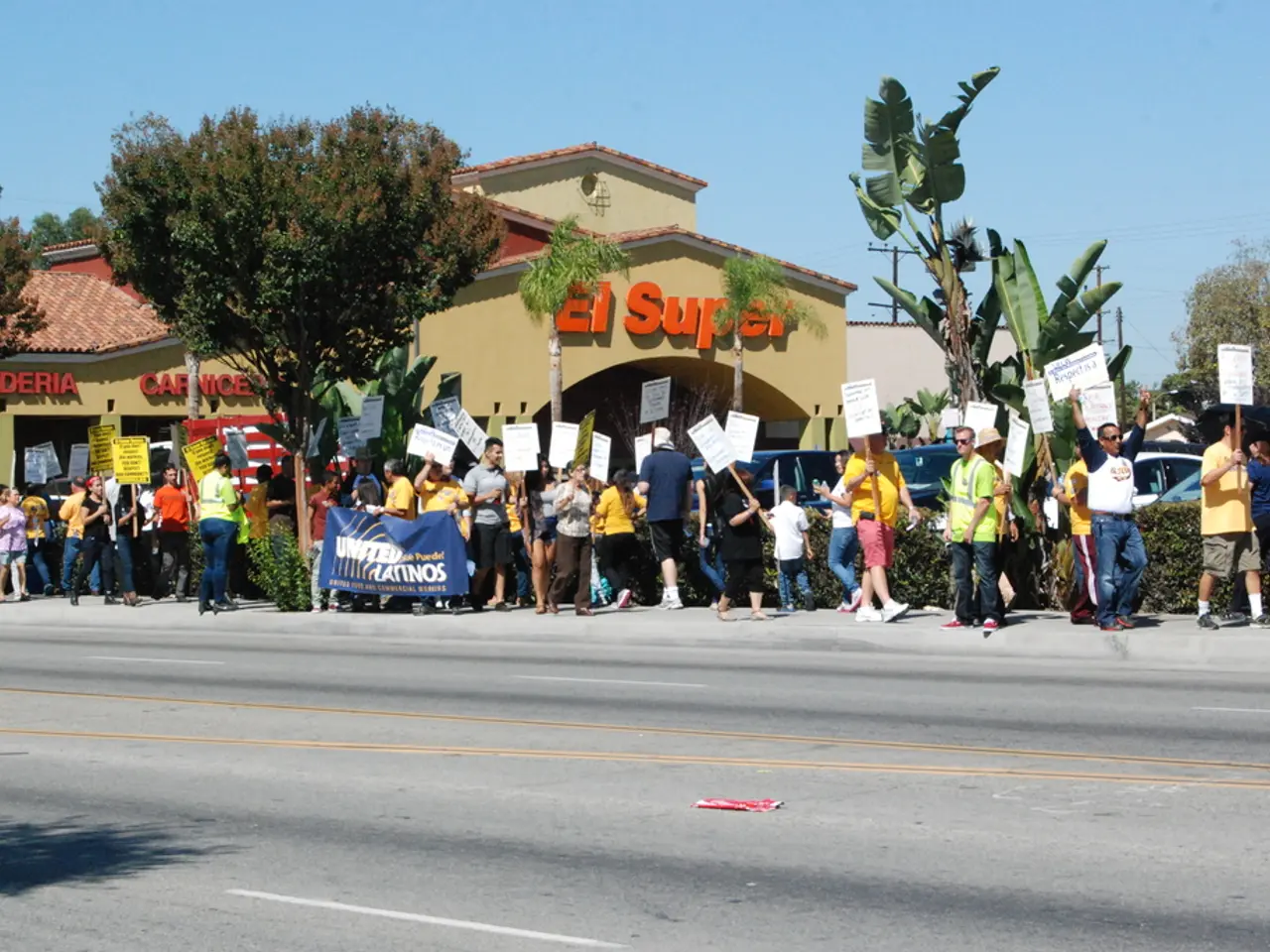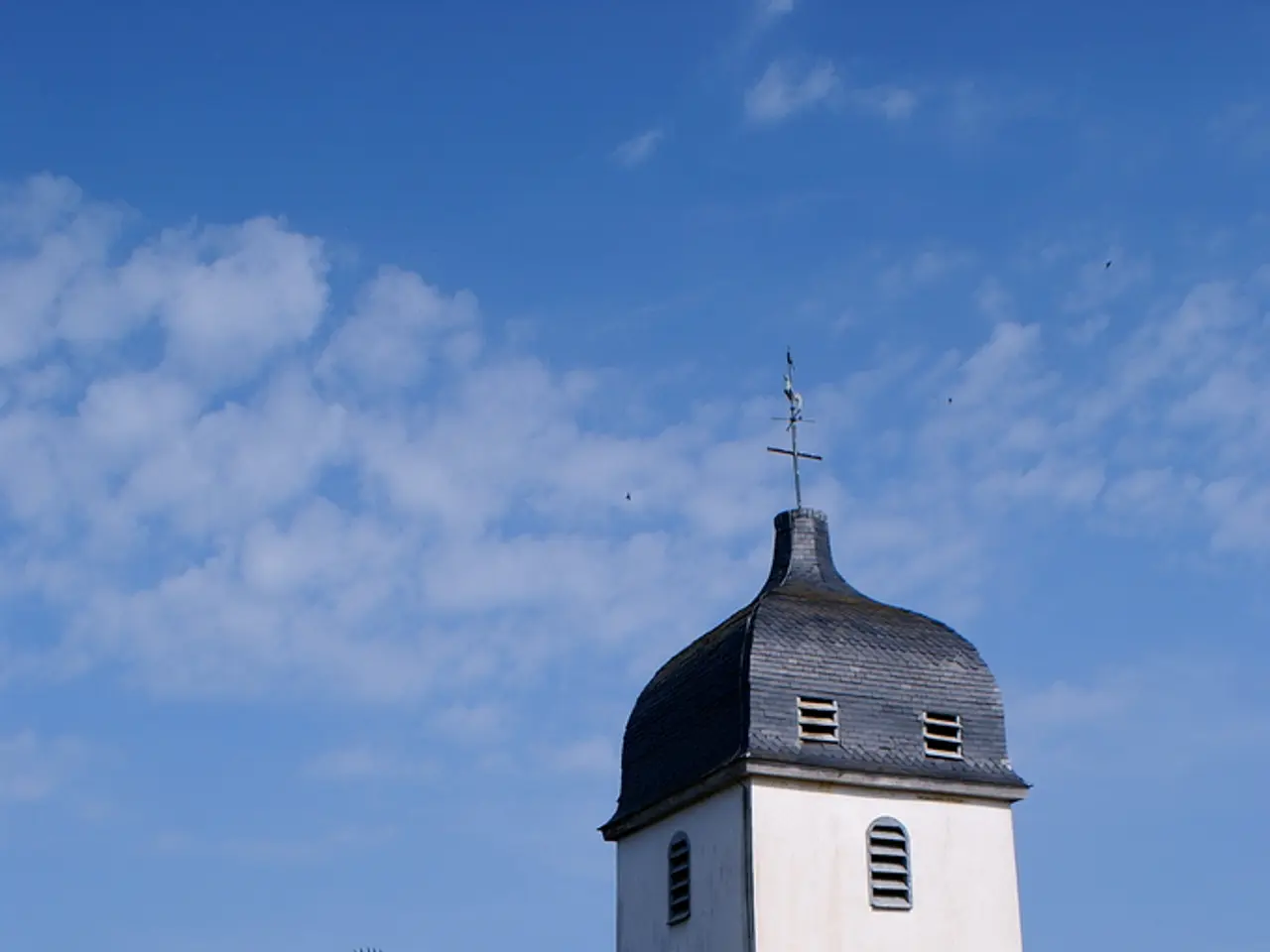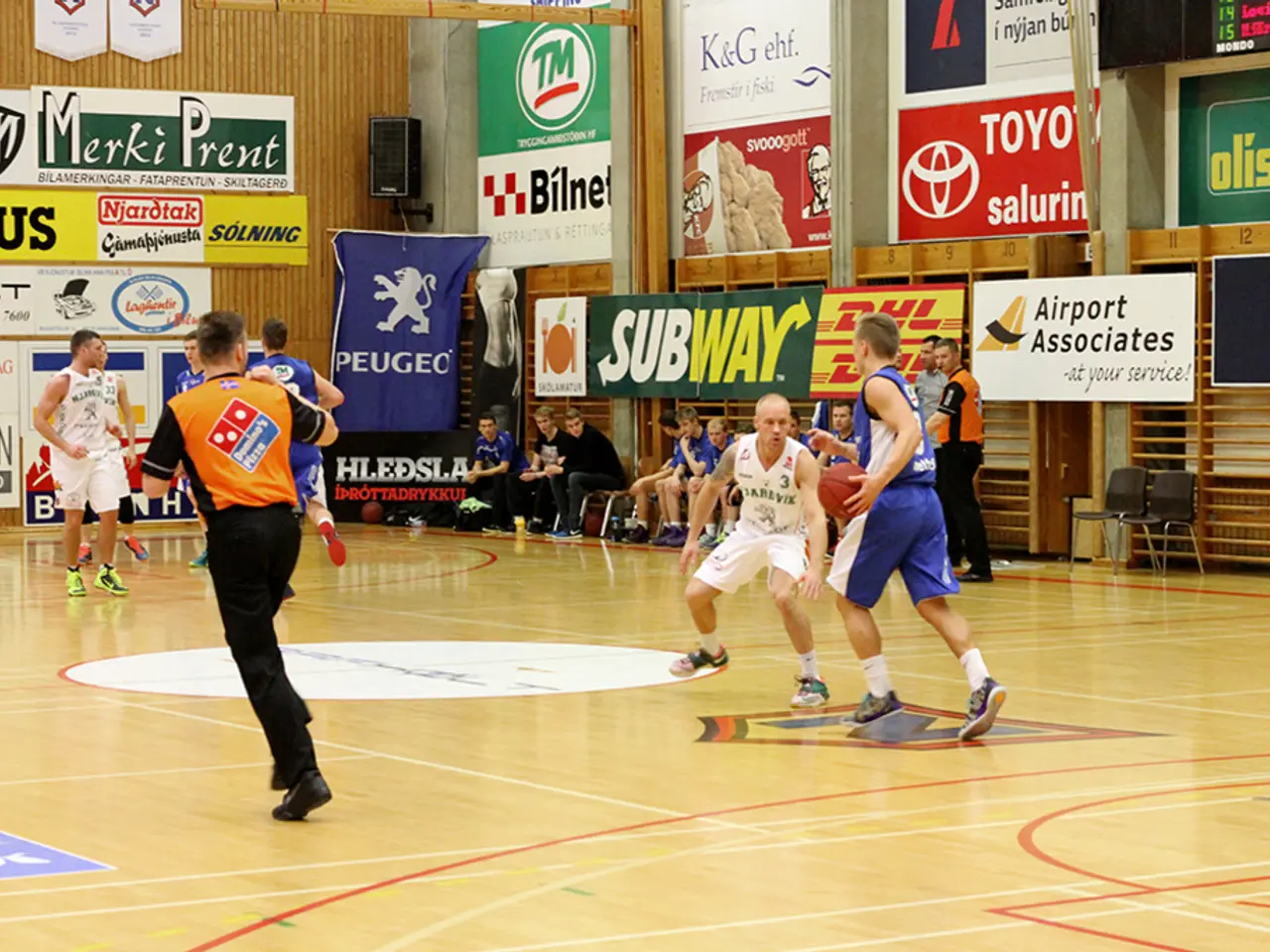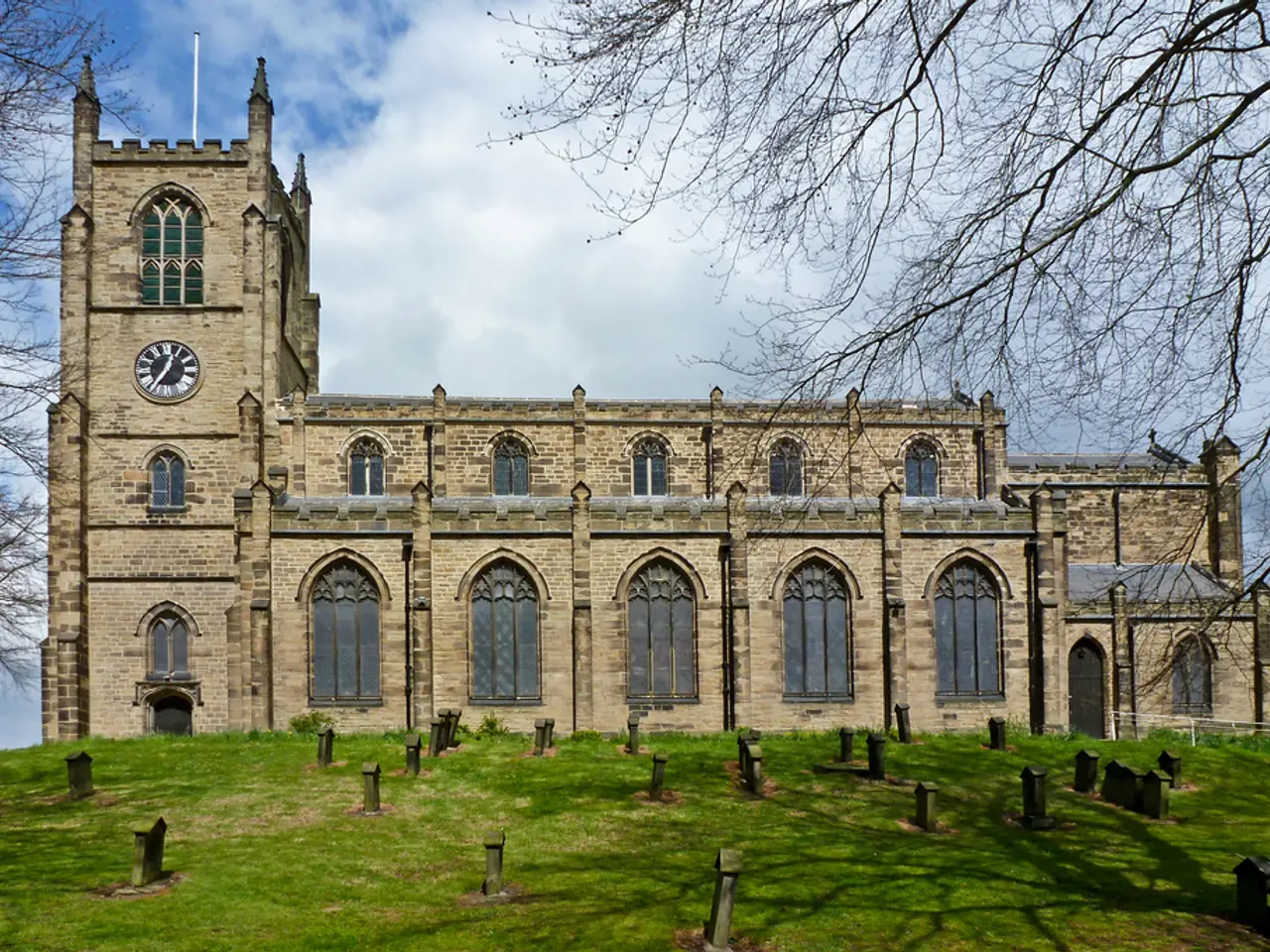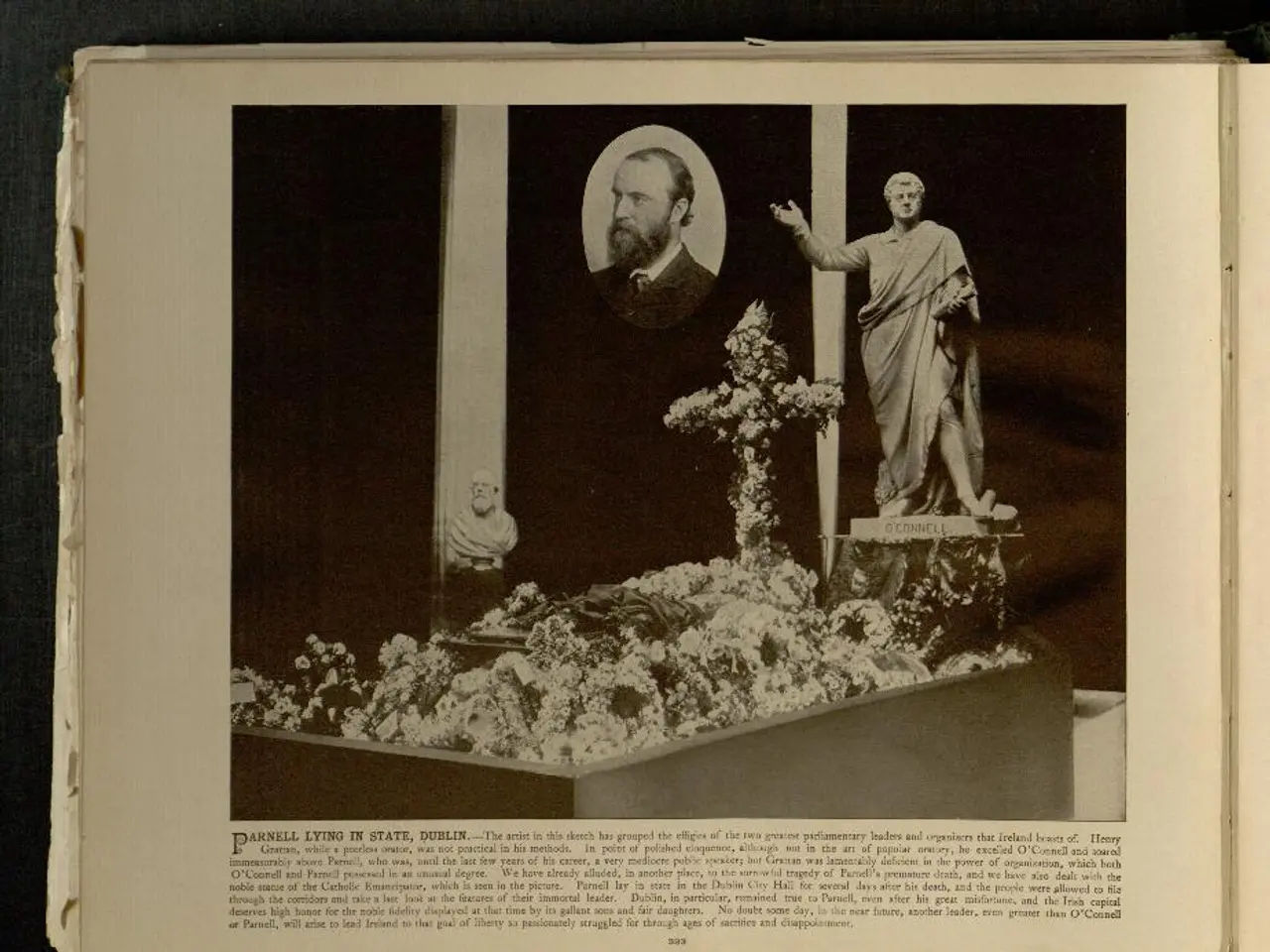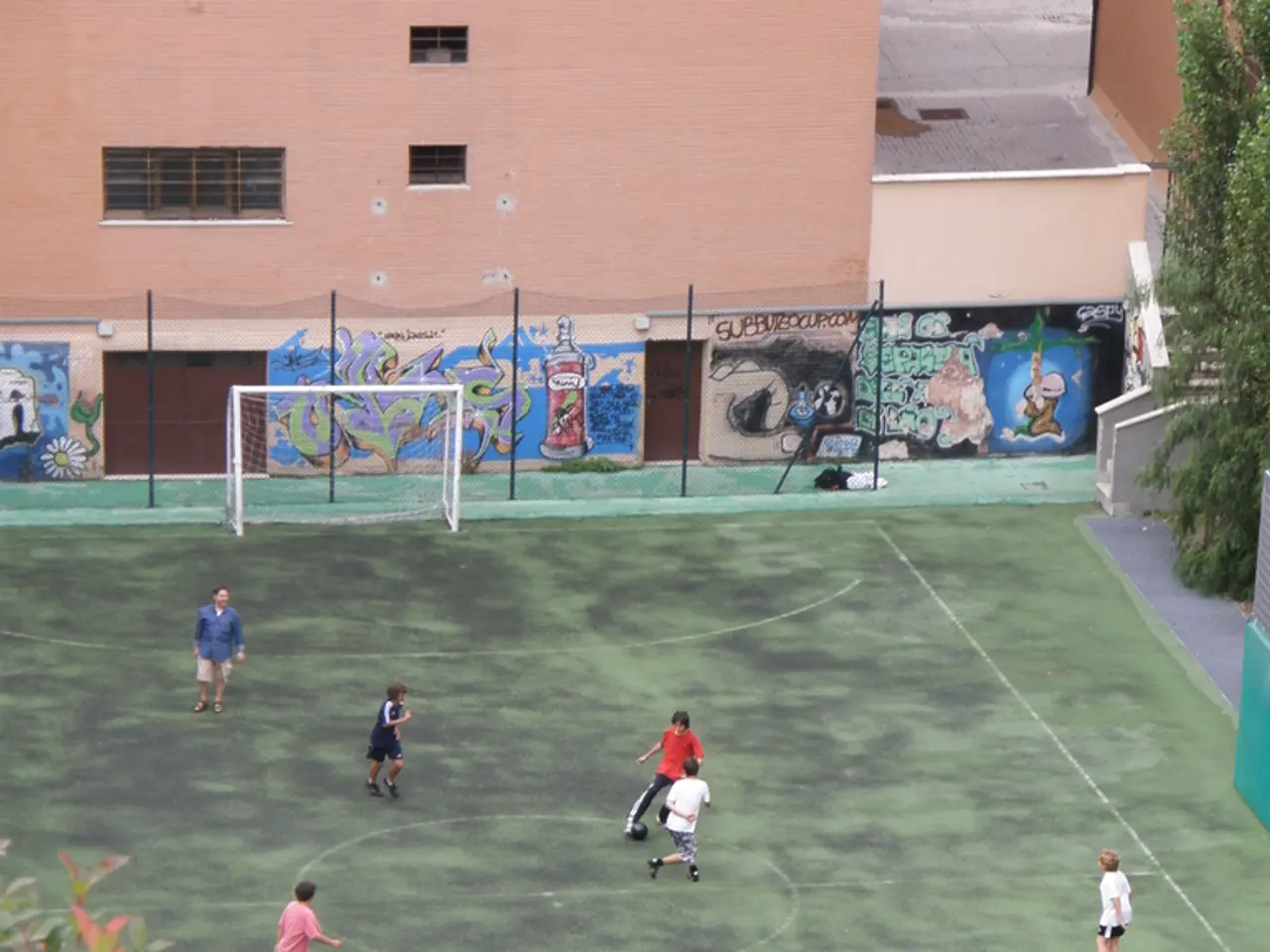In Germany, a minority of 2 out of 10 residents support the display of LGBT flags on public structures and houses of worship
In a recent survey published by the Idea news agency in June 2025, public opinion in Germany regarding the use of rainbow flags on public buildings and places of worship has been revealed to be divided. The survey, conducted nationwide, sheds light on the varied perspectives held by different religious groups and age demographics.
The survey findings indicate that more people in Germany believe the rainbow flag should not be used on public buildings or churches. However, there is a significant minority who support its use as a symbol of inclusivity and diversity.
The Bundestag controversy, which saw Bundestag President Julia Klöckner remove rainbow flags from parliamentary offices and refuse to fly the flag during Pride events, has sparked significant controversy. Chancellor Friedrich Merz supported this stance, likening the parliament to not being a "circus tent" for displaying any flag. Many politicians and civil society leaders have criticised these decisions, viewing them as a backward step for inclusivity and diversity.
Among the religious groups surveyed, the Evangelical Church in Germany (EKD) generally supports diversity and inclusivity. However, specific opinions on rainbow flags might vary across different congregations and individual leaders. The Roman Catholic Church in Germany has a complex stance on LGBTQ+ issues, with some dioceses or parishes displaying rainbow flags as a symbol of welcome, while official teachings maintain more conservative views on LGBTQ+ matters. Free churches, such as Baptist and Pentecostal denominations, can have diverse views, ranging from conservative to more inclusive perspectives.
The survey results show that among 18-29 year olds, 33% are against the use of rainbow flags on public buildings and churches, while 33% support their use. Among 30-39 year olds, 37% are against their use, and all other age groups exceed 40% rejection of their use on public buildings and churches. Among male respondents, 48% expressed their rejection of using the rainbow flag on public buildings or churches, while 16% were in favour. Among female respondents, 37% expressed their rejection, and 23% were in favour. Twenty-six percent of those surveyed did not take a position on the use of the rainbow flag on public buildings or churches.
When asked about members of the national Protestant Church EKD, 43% were against the use of such flags in public buildings and churches, while 24% were in favour. Among members of the national Roman Catholic Church, 42% were against the use of such flags, while 22% were in favour. Among free church members, 34% oppose rainbow flags on both public buildings and churches, while 24% see no problem with their use on public buildings and churches.
In summary, while there is no uniform stance across all religious groups in Germany, there tends to be more openness and support for LGBTQ+ inclusivity among certain Protestant denominations and some free churches. However, Catholic and more conservative religious groups might have more nuanced or cautious views. The recent political debates have intensified the discussion around these issues.
The ongoing political debates regarding the use of rainbow flags on public buildings and places of worship have been fueled by the German Bundestag controversy, with the issue being a point of contention between various political and religious groups. The survey results indicate that while there is more support for the use of rainbow flags as a symbol of inclusivity and diversity among some religious groups and age demographics, there is also a significant minority that opposes their use.
